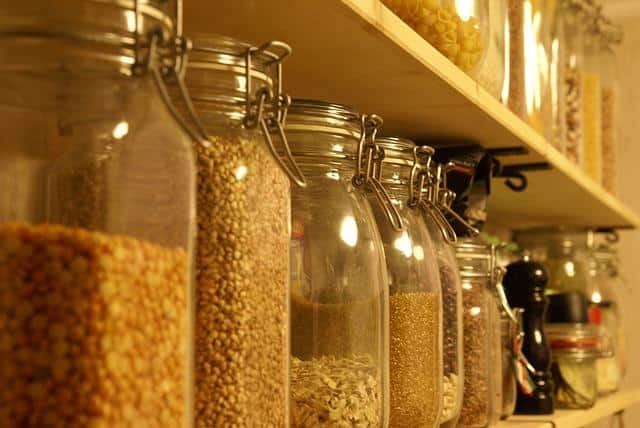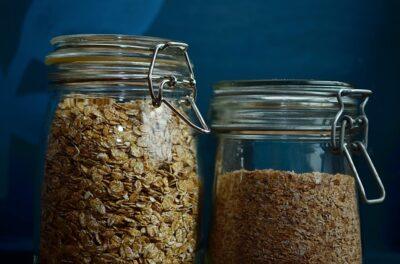When most Americans think of flour, they think of all-purpose flour or whole-wheat flour because those are the types most readily available on supermarket shelves.
But have you ever tried baking with oat flour? Oat flour is a great alternative to wheat flour – especially for homesteaders, survivalists and preppers.
Why? Oats are inexpensive and have a very long shelf life. When packaged in unopened #10 cans or sealed in Mylar bags and placed in a five-gallon food-grade bucket, oats can last 30 years or more.
Unlike wheat flour, oat flour is gluten-free, so you may find it in your store’s healthy foods section, as well. (You also can make it at home – keep reading.)
That lack of gluten in oat flour gives baked goods a different texture than those made with wheat flour. However, for people who are cutting back or avoiding gluten for dietary or health reasons, oat flour is a welcome choice. As a general rule, however, oat flour is lighter and less coarse than whole-wheat flour.
Just 30 Grams Of This Survival Superfood Provides More Nutrition Than An Entire Meal!
The flavors of oat and wheat flour are similar, although you may discover that oat flour has a heartier and somewhat sweeter taste than all-purpose wheat flour.
How the texture of oat flour compares with wheat flour really depends on the type of wheat flour you have been using. Whole-wheat flour has a thicker, grainier texture than all-purpose wheat flour, for example. Similarly, home-ground oat flour usually has a coarser texture than mill-ground oat flour.
Oat flour is easy to make, and you do not need a special grinder. You can make your own oat flour by putting dried oats into your blender and using the pulse setting to chop the oats into a fine powder. One and one-fourth cups of rolled oats makes about one cup of oat flour.
Grind small one- to two-cup batches at a time. Store unused flour in an airtight container in the refrigerator or freezer.
If you’ve never used oat flour, a good place to start is with quick bread and muffin recipes. Experiment with the ratio, perhaps using one-fourth oat flour and three-fourths wheat flour to start. Then you can slowly increase the ratio of oat flour the next time you bake that item until you are using only oat flour.
Since oat flour does not contain gluten, you may need to adjust your rising ingredients slightly. For example, if your recipe calls for them, you may need to add extra yeast and/or extra baking powder with oat flour than with wheat flour. You also may need to add more or less moisture to get the right consistency.
You can try adding a tablespoon of tapioca starch or potato starch per cup of oat flour used to help lighten the mixture if you like.
Oat flour, which has 120 calories per one-third cup, also works well as a thickener for sauces and gravies.
Oat flour is higher in fiber than wheat flour, and your oat-based baked items will be more nutrient-dense. Oats are a significant source of protein, vitamin E, B vitamins, calcium, iron and other minerals.
Have you ever baked with oat flour? What advice would you add? Share your tips in the section below:
Discover The Secret To Saving Thousands At The Grocery Store. Read More Here.
 Off The Grid News Better Ideas For Off The Grid Living
Off The Grid News Better Ideas For Off The Grid Living





